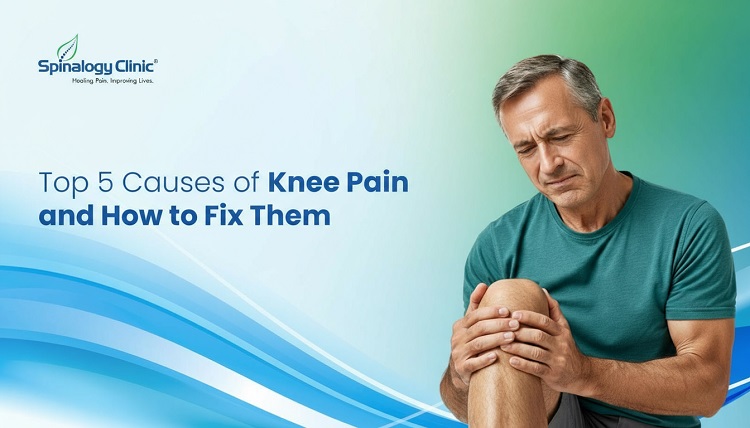Bicipital Tendinosis - Causes and Treatment
Do you experience anterior shoulder pain when reaching overhead or lifting objects? The cause may be bicipital tendinosis, a common overuse injury affecting the biceps tendon. This tendon runs from the biceps muscle down the front of the upper arm, allowing you to flex the elbow and rotate your forearm.
With repetitive shoulder motions, microtears and inflammation can develop in the biceps tendon, leading to pain and impaired function. While not as severe as a full tendon tear, bicipital tendinosis warrants proper treatment to restore comfort and strength to the shoulder.
Recognizing Symptoms
Bicipital tendinosis causes localized pain at the front of the shoulder that may radiate down the upper arm. Symptoms include:
- Ache or burning pain during overhead motions like reaching or lifting
- Tenderness, swelling, or warmth at the bicipital groove near the shoulder
- Painful “catching” or clicking when moving the arm
- Stiffness, weakness, or fatigue in the shoulder and biceps
- Discomfort at night, especially when lying on the affected shoulder
- Gradual worsening of pain rather than acute onset after injury
The pain is often felt when flexing or supinating the forearm. Simple tasks like brushing hair or opening jars can become difficult. Identifying movements that aggravate shoulder discomfort helps diagnose bicipital tendinosis.
What Contributes to Biceps Tendon Damage?
While an acute injury can cause biceps tendon inflammation, damage more commonly develops slowly over time due to:
- Repetitive overhead motions like painting, swimming, lifting weights
- Sports requiring frequent arm rotation like baseball, tennis, volleyball
- Improper lifting or throwing mechanics that strain the biceps
- Shoulder instability or weakness in the rotator cuff muscles
- Anatomic abnormalities like a curved bicipital groove
- Chronic conditions like osteoarthritis, rheumatoid arthritis, or diabetes
- Poor posture and Training errors like overuse
Getting an accurate diagnosis through physical examination and potential imaging like ultrasound helps identify any predisposing factors. Adjusting training techniques, improving posture and treating other shoulder issues all help properly manage bicipital tendinosis.
Effective Conservative Treatment Options
Restoring normal biomechanics and strength around the shoulder joint forms the cornerstone of rehabilitation for bicipital tendinosis.
- Activity Modification – Avoiding repetitive overhead motions or other aggravating movements allows inflammation to subside.
- Non-Steroidal Anti-Inflammatories (NSAIDs) – Medications like ibuprofen or naproxen reduce swelling and discomfort.
- Corticosteroid Injections – A guided injection of anti-inflammatory cortisone provides pain relief.
- Physical Therapy – Stretching, soft tissue massage, and targeted strengthening exercises improve flexibility and support around the shoulder joint.
- Platelet-Rich Plasma (PRP) Injections – Injection of concentrated platelets from your own blood accelerate healing at a cellular level.
- Alternative Therapies - Options like alternative medicine, massage offer complementary ways to manage pain.
With consistency using conservative approaches, most cases of bicipital tendinosis improve within 6-12 months. Severe or chronic cases may require a specialist’s input.
Coping With Ongoing Shoulder Pain
Since bicipital tendinosis develops gradually, associated shoulder pain can linger for weeks or months. During this time:
- Apply ice packs for 10-15 minutes to help control inflammation after activity or at the end of the day.
- Take over-the-counter analgesics for temporary pain relief as needed.
- Wear a sling or shoulder brace to immobilize the arm during flare ups.
- Start physical therapy exercises slowly using reduced weight or resistance to avoid overstressing the biceps tendon.
- Consider massage therapy to loosen muscles around the shoulder joint.
- Use relaxation techniques like meditation or visualization to help manage discomfort.
- Communicate any work or activity limitations with friends, family or employer.
Though ongoing shoulder pain can be discouraging, staying patient and adjusting activity levels lays the groundwork for an eventual full recovery.
Preventing Re-Injury in the Long Term
Once pain starts to resolve, rehabilitating the shoulder and training smarter become priorities:
- Continue physical therapy exercises that target shoulder stability and proper biceps mechanics.
- Focus on proper form and technique with lifting, throwing motions, or overhead sports. Avoid “cheating” motions.
- Build in rest days between biceps workouts and avoid exercising through intense pain.
- Stretch the biceps tendon regularly and maintain flexibility around the shoulder.
- Tape or brace the shoulder as needed for extra support if pain flares up.
- Monitor training loads, especially when learning a new sport or increasing intensity.
Taking a comprehensive approach allows biceps strength and function to be restored while preventing future overuse.
Bottom line: Listen to Your Shoulder Pain
If simple overhead motions trigger nagging shoulder and arm discomfort, bicipital tendinosis may be developing. See an orthopaedic doctor for a proper diagnosis rather than ignoring the pain. With education on shoulder biomechanics, activity modification and targeted rehabilitation, this common overuse injury can be resolved without resorting to surgery in most cases. Protecting your biceps tendon now means enjoying lasting shoulder function into the future.




